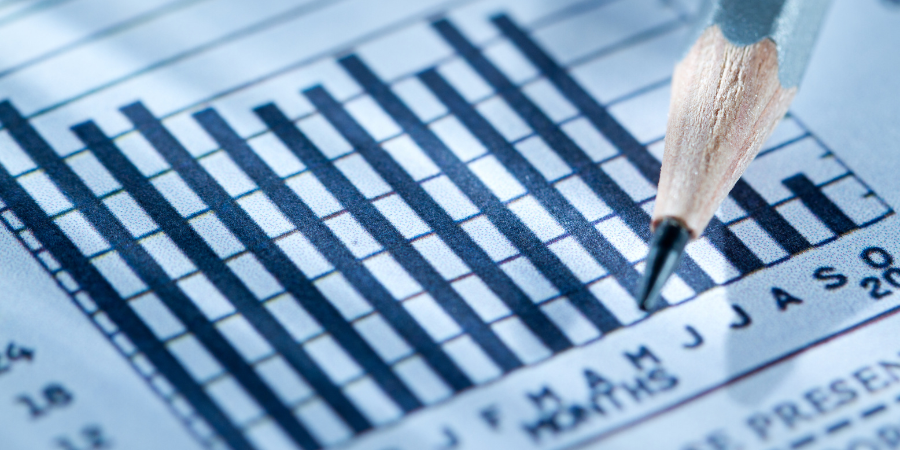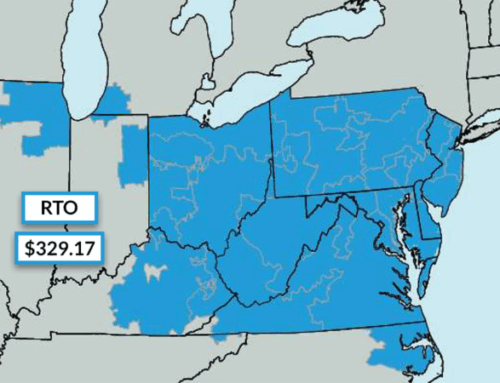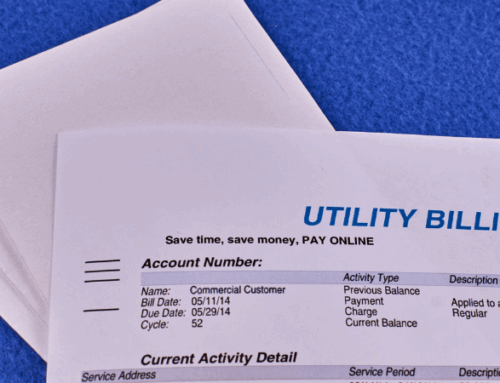In today’s dynamic energy markets, the concept of time of use rates (TOU rates) is becoming increasingly important for both consumers, businesses, and utility companies. TOU rates are designed to reflect the true cost of electricity at different times of the day, encouraging users to shift their energy consumption to periods when demand is lower and electricity is cheaper. This article delves into what time-of-use rates are, how they work, their impact on utility bills, the potential for long-term savings they offer, and how businesses can implement TOU rates into their business energy strategies.
What Is Time-Of-Use?
Time-of-use rates are a type of billing calculation where the price of power changes based on the time of day. Unlike traditional flat-rate billing, or fully-bundled fixed pricing, which charges the same price regardless of when electricity is used, TOU rates fluctuate to mirror the varying costs of electricity production and demand throughout the day. These rates are typically higher during peak demand hours and lower during off-peak periods.
At a retail level, these rates are often calculated based on on-peak and off-peak time periods. On the other hand, in the wholesale energy markets, electric grid operators manage real-time and day-ahead markets that set the hourly rate for electricity based on supply and demand.
How Do TOU Rates Work?
TOU rates operate by dividing the day into different periods, each with its own set pricing determined by an energy tariff. These periods are generally categorized as on-peak, mid-peak, and off-peak. On-peak hours are when electricity demand is at its highest, typically during the late afternoon and early evening. Mid-peak hours see moderate demand, while off-peak hours, such as late at night or early morning, have the lowest demand and thus the lowest rates.
For example, a business might face higher rates from 4 p.m. to 9 p.m. but enjoy significantly lower rates from 9 p.m. to 6 a.m. This pricing model encourages users to shift energy-intensive activities, like running industrial equipment or charging electric vehicles, to off-peak times to save on electricity costs.
Time-Of-Use Impact On Energy Bills
The implementation of time-of-use rates can significantly impact utility bills. Businesses and consumers who can adjust their energy usage to off-peak hours can benefit from lower electricity costs. However, those unable to shift their usage may face higher bills during peak hours.
For instance, a manufacturing plant that operates primarily during on-peak hours might see an increase in its electricity costs unless it can modify its production schedule. Conversely, a business that can operate at night or early morning will likely benefit from reduced rates, leading to substantial savings on their utility bills. Understanding your utility provider’s specific rate structure and peak periods is crucial for optimizing savings.
If your business is located in a deregulated energy market, negotiating the terms of your energy contract with a retail energy supplier can also impact time-of-use billing. For example, fully-bundled fixed rates are billed at the same rate per energy unit consumed, no matter when it is consumed. Other hybrid energy products, such as a block + index rate, allow consumers to take advantage of real-time energy index rates during off-peak periods.
The Benefits Of Time-Of-Use Energy Pricing
There are many benefits that come with this type of energy price structure. Let’s explore some of the unique benefits of TOU energy rates below:
Cost Savings
One of the most significant advantages of TOU rates is the potential for cost savings. By shifting energy usage to off-peak times, businesses and consumers can take advantage of lower rates, reducing their overall electricity costs.
Grid Stability
TOU rates help to stabilize the electrical grid by encouraging users to reduce consumption during peak demand periods. This can prevent the grid from becoming overloaded and reduce the need for expensive peaker power plants. This can also lessen the need for programs like demand response.
Environmental Benefits
By incentivizing the use of electricity during periods when renewable energy sources like solar and wind are most productive, TOU rates support a cleaner energy grid. This shift helps to reduce carbon emissions, improve air quality, and support the global energy transition.
Enhanced Efficiency
Implementing TOU rates encourages consumers and businesses to become more energy-efficient, leading to a more sustainable energy consumption pattern overall. If businesses can reduce peak demand during expensive hours, they can also lower their capacity and transmission costs and offset expensive electrical demand charges.
How To Implement TOU In Your Business Energy Strategy
Incorporating TOU rates into a business energy strategy involves several steps:
Understand Your Usage Patterns
Analyze your current energy usage to identify peak and off-peak consumption. Tools like smart metering can provide detailed insights into when and how much energy your business uses.
Adjust Operations
Shift energy-intensive operations to off-peak hours whenever possible. This might involve rescheduling production processes, using automated systems to manage energy use, or investing in commercial energy storage solutions.
Educate Employees
Inform your staff about the benefits of TOU rates and encourage them to adopt energy-saving practices. Actions like turning off equipment when not in use or adjusting thermostat settings can significantly reduce business energy consumption.
Invest In Technology
Consider technologies that can help manage and optimize energy use. This could include building energy management systems, artificial intelligence solutions, or commercial solar energy installations that can reduce reliance on grid electricity during peak hours. These types of distributed energy resources help to offset energy consumption during peak periods.
Enroll In Hybrid TOU Energy Plans
Some retail energy supplier plans reward consumers for shifting usage to off-peak periods. For example, block + index energy plans allow businesses to float off-peak energy consumption on the open index market. During these off-peak hours, energy prices are typically lower, which can result in substantial savings for the consumer.
Want To Learn More About TOU Rates For Your Business?
Time-of-use rates offer a practical and effective way for businesses and consumers to manage their electricity costs while supporting a more stable and sustainable electric grid. By understanding and implementing TOU rates, businesses can achieve significant cost savings, enhance their operational efficiency, and contribute to environmental sustainability.
To explore how TOU rates can benefit your business or to get personalized advice on optimizing your energy strategy, get in touch with us. Our team of experts is here to help you navigate the complexities of energy management and achieve your energy savings goals.



